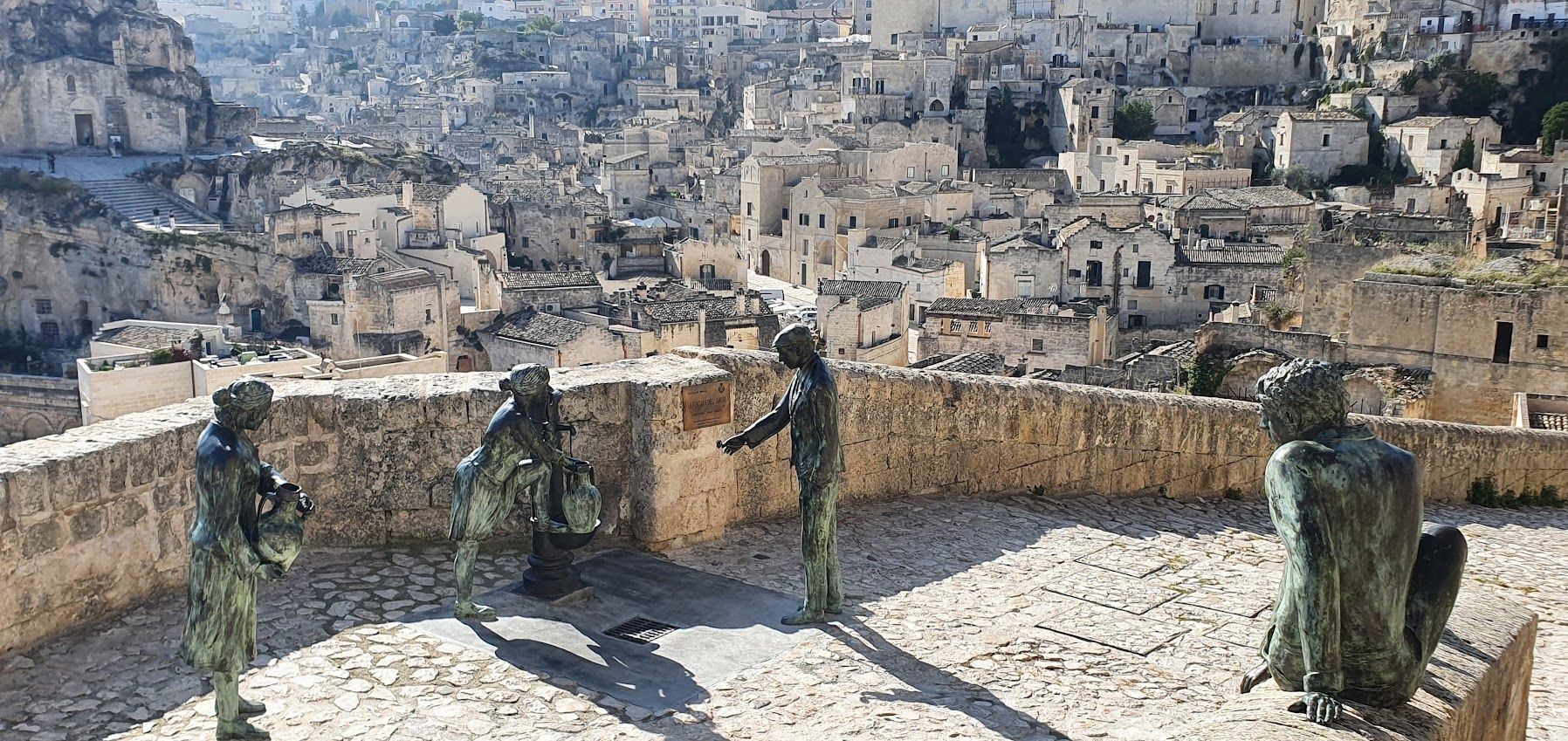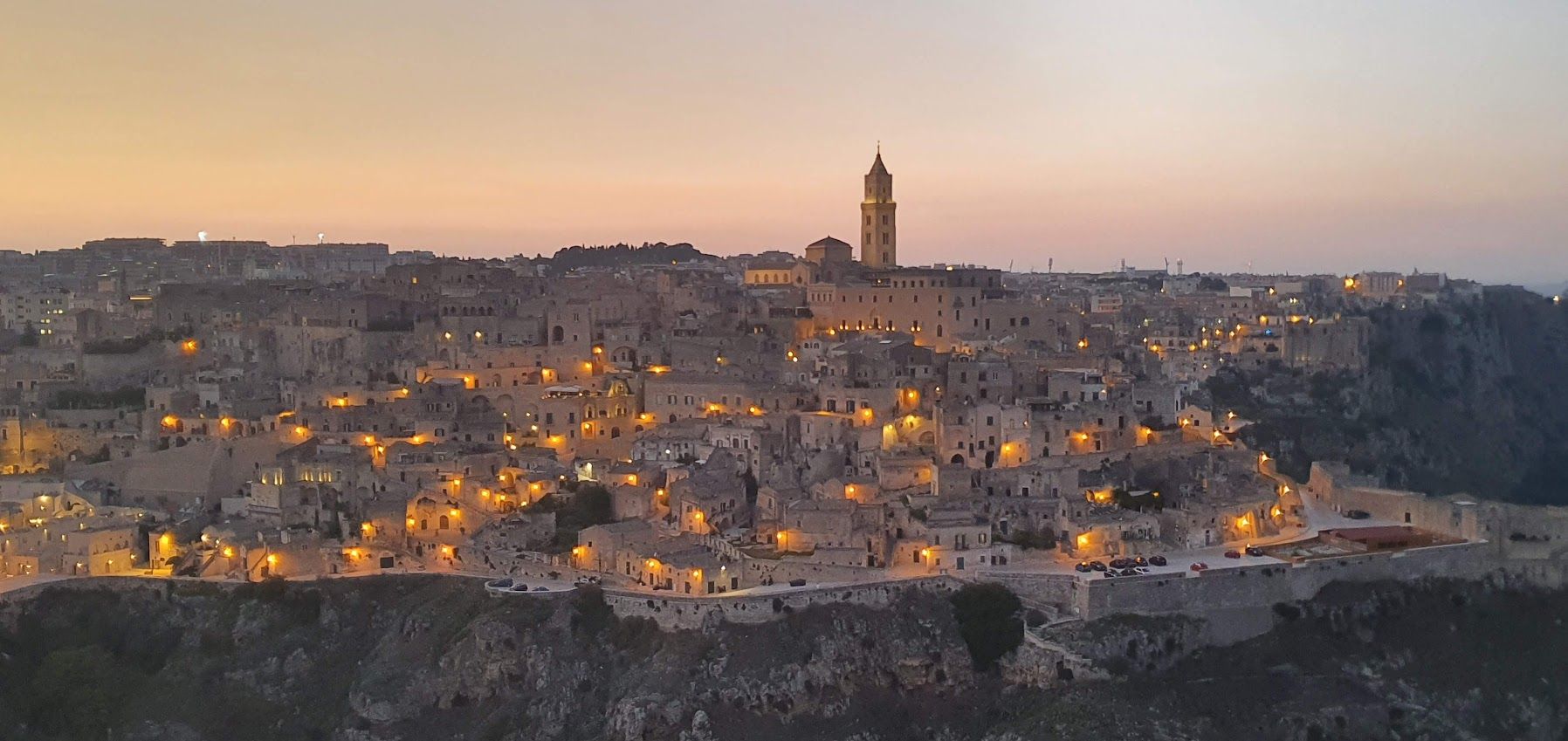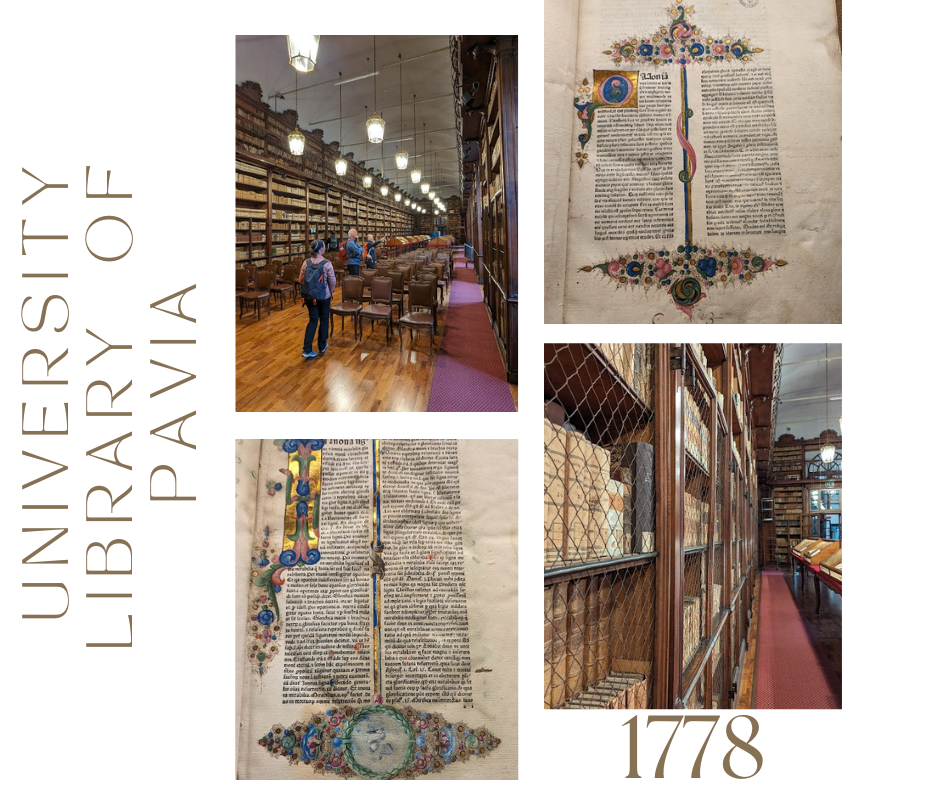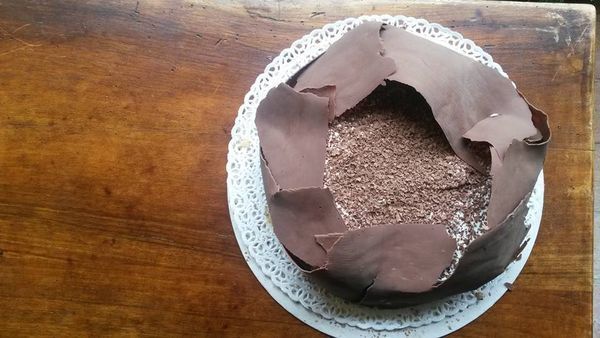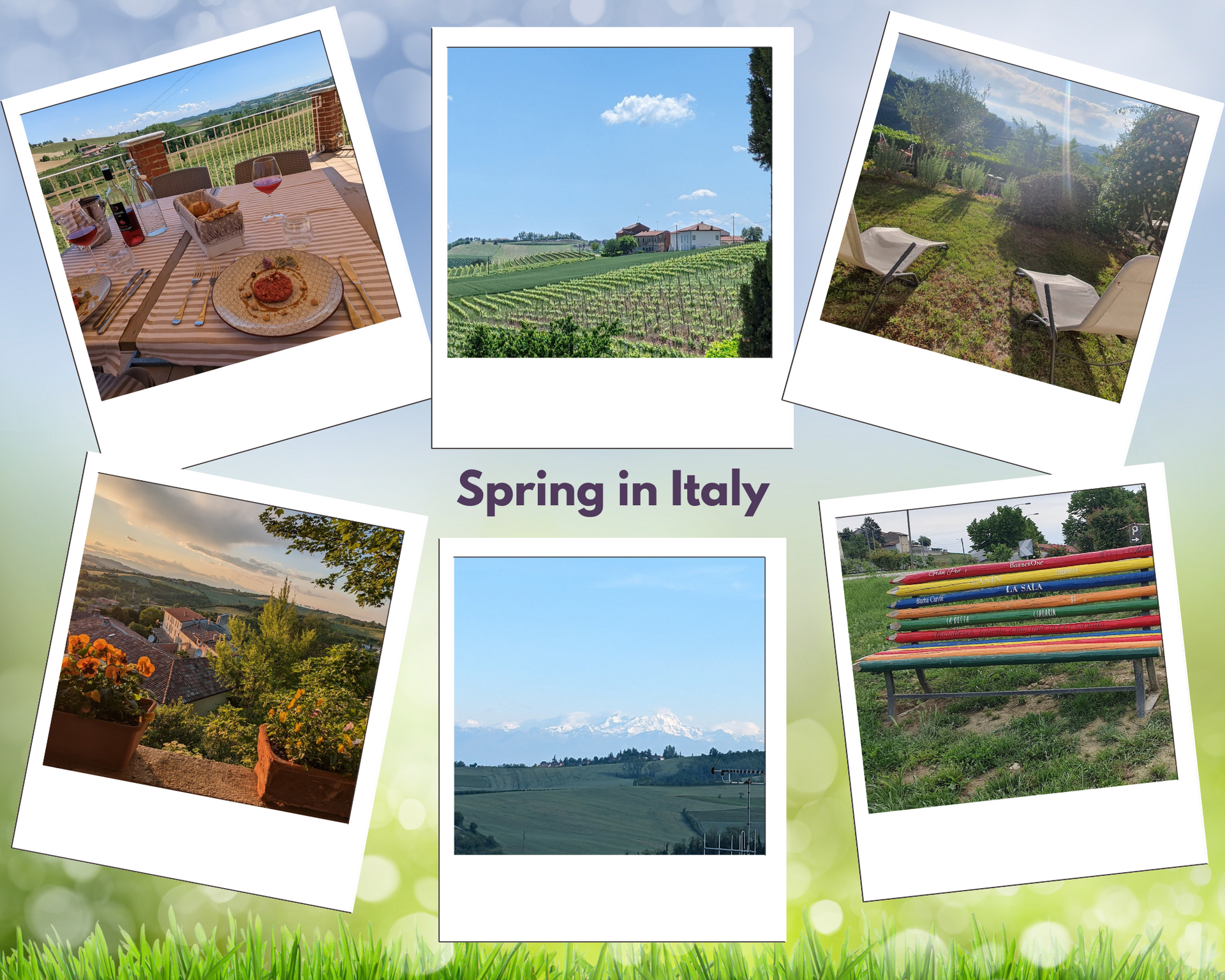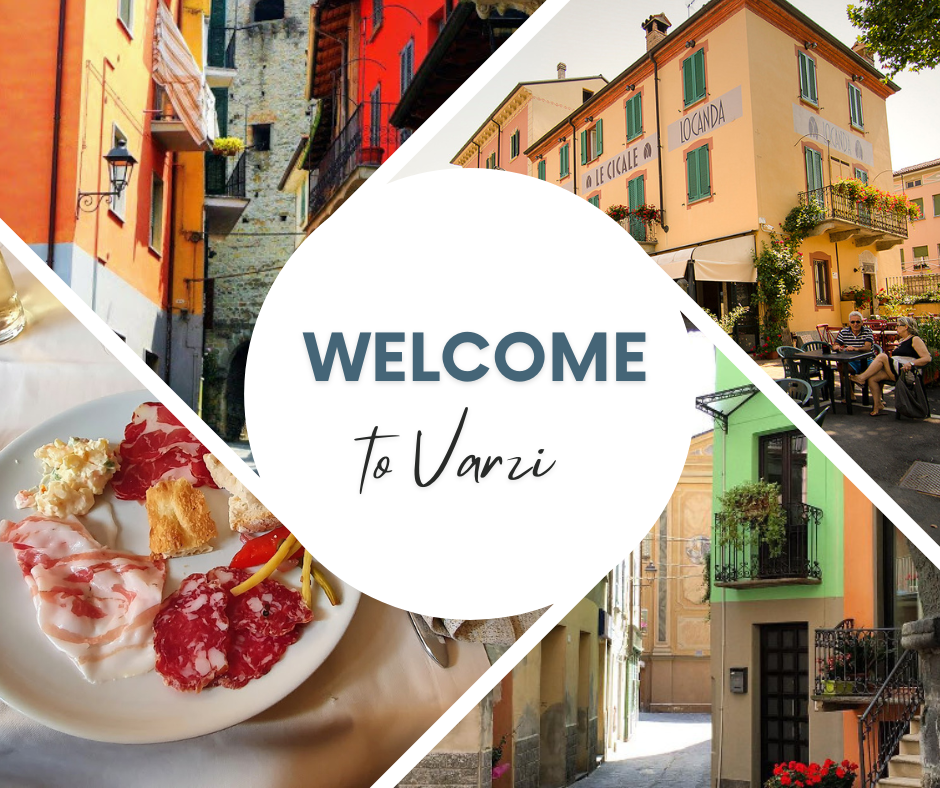Time Suspended Between the Stones - Sassi di Matera
Matera is a city entirely carved out or rocks, the so called ‘Sassi‘. The geography here is harsh, and the steep mountain flanks made it difficult for locals to build traditional homes. They therefore came up with a solution by carving their houses out of the rocks and living in caves!
The caves were kitted out to welcome families and animals. Matera’s caves were inhabited right up until the 1950s. They are still in use now, and many have recently been fully restored and upgraded!
For most of its history, Matera has been a place of awful misery. And yet, today it is one of the most beautiful places you will see in Italy. It has a story so unique that you will not forget this town!
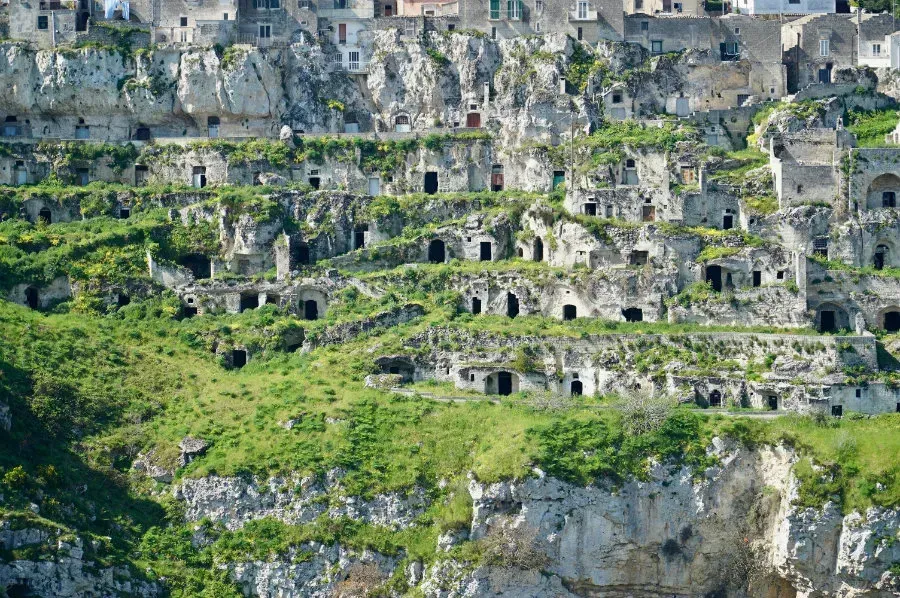
This remarkable city will fascinate and delight you. It’s the third oldest continually inhabited city in the world, after Aleppo and Jericho.
Until the 1950s, Matera’s Sassi district was a source of shame for Italy. It was a place of poverty, malaria, and high rates of infant mortality. People lived in caves without electricity, running water, or sewage.
Carlo Levi’s book ‘Christ Stopped at Eboli’ published in 1945, raised awareness of the desperate conditions people in the Sassi were living in.
“In these dark holes I saw a few pieces of miserable furniture, beds and some ragged clothes hanging up to dry. On the floor lay dogs, sheep, goats, and pigs… Children appeared from everywhere, in the dust and heat, stark naked or in rags, eyelids red and swollen… and with the wizened faces of old men, yellow and worn with malaria, their bodies reduced by starvation to skeletons… I have never in all my life seen such a picture of poverty.”
— Carlo Levi
Levi’s book was a turning point for the city. The book defined the sassi (the name given to the stone caves) an ‘infernal crater’ and this attracted the attention of the Italian authorities who quickly defined Matera as the ‘vergogna d’Italia’ – Italy’s shame.
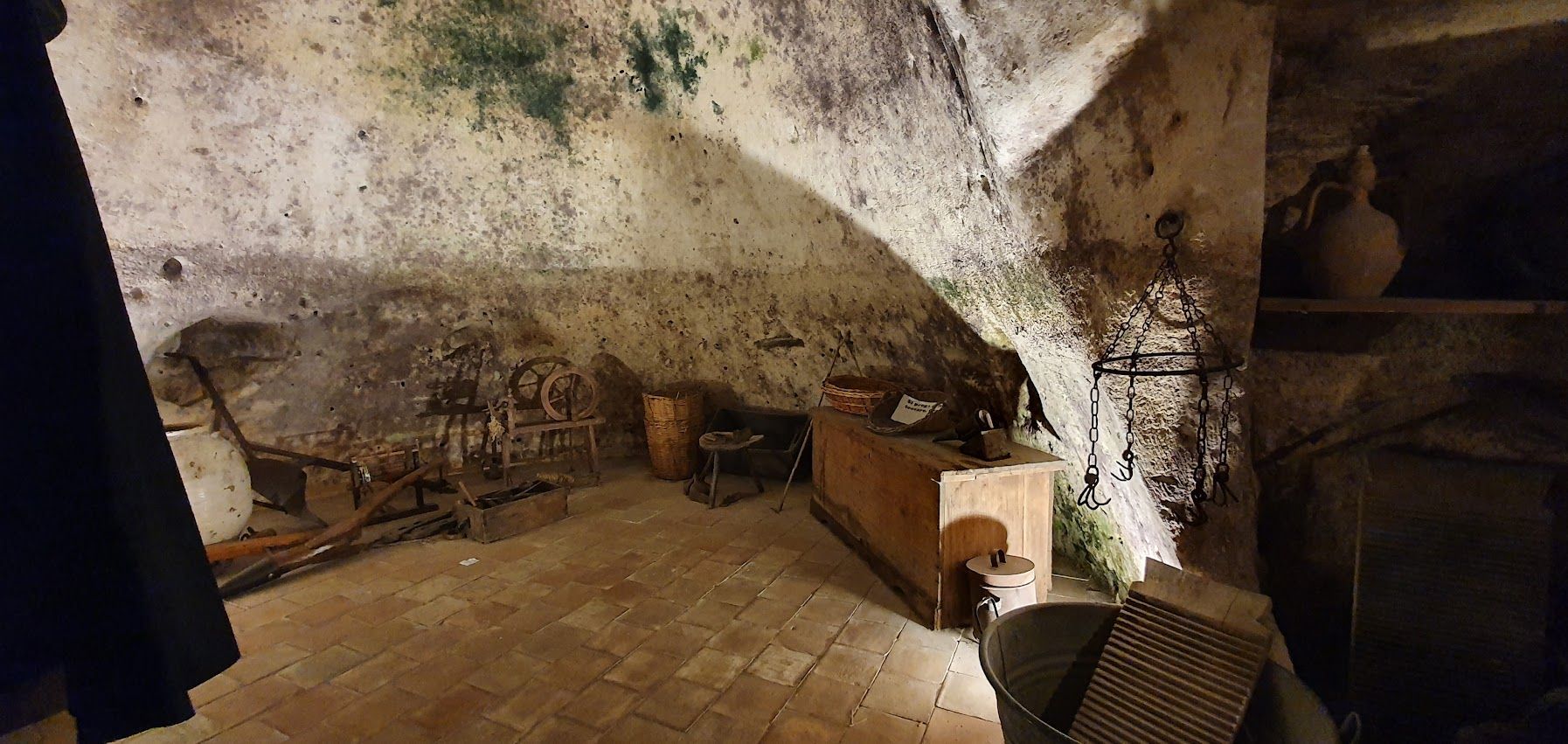
In 1952, actions were taken to change the situation. People were kicked out of the caves and relocated to newly built apartments, and the caves were taken from their inhabitants and made state property. About half of the 30,000 population were moved to new homes in the modern part of the city between 1953 and 1968. Views differ markedly over this State intervention; from those that believe it should have remained the property of the inhabitants, to those that still cannot face going back into the caves due to the memories they conjure.
The work on the ‘Sassi’ didn’t bring immediate solutions, and it was only in the 1990s that Matera’s fate seemed to turn, when Matera and the Sassi were included in the UNESCO list of World Heritage Sites, thanks to it being “the most outstanding, intact example of a troglodyte settlement in the Mediterranean region, perfectly adapted to its terrain and ecosystem. The first inhabited zone dates from the Palaeolithic, while later settlements illustrate a number of significant stages in human history.” The subsequent nomination of Matera as the European Capital of Culture in 2019 also brought money and attention to the city. Since then, visitor numbers have slowly increased and many of the caves have been renovated. Many are used as homes, luxury cave hotels, wine bars and cave restaurants and the whole city sparkles, making its dramatic history hard to believe.
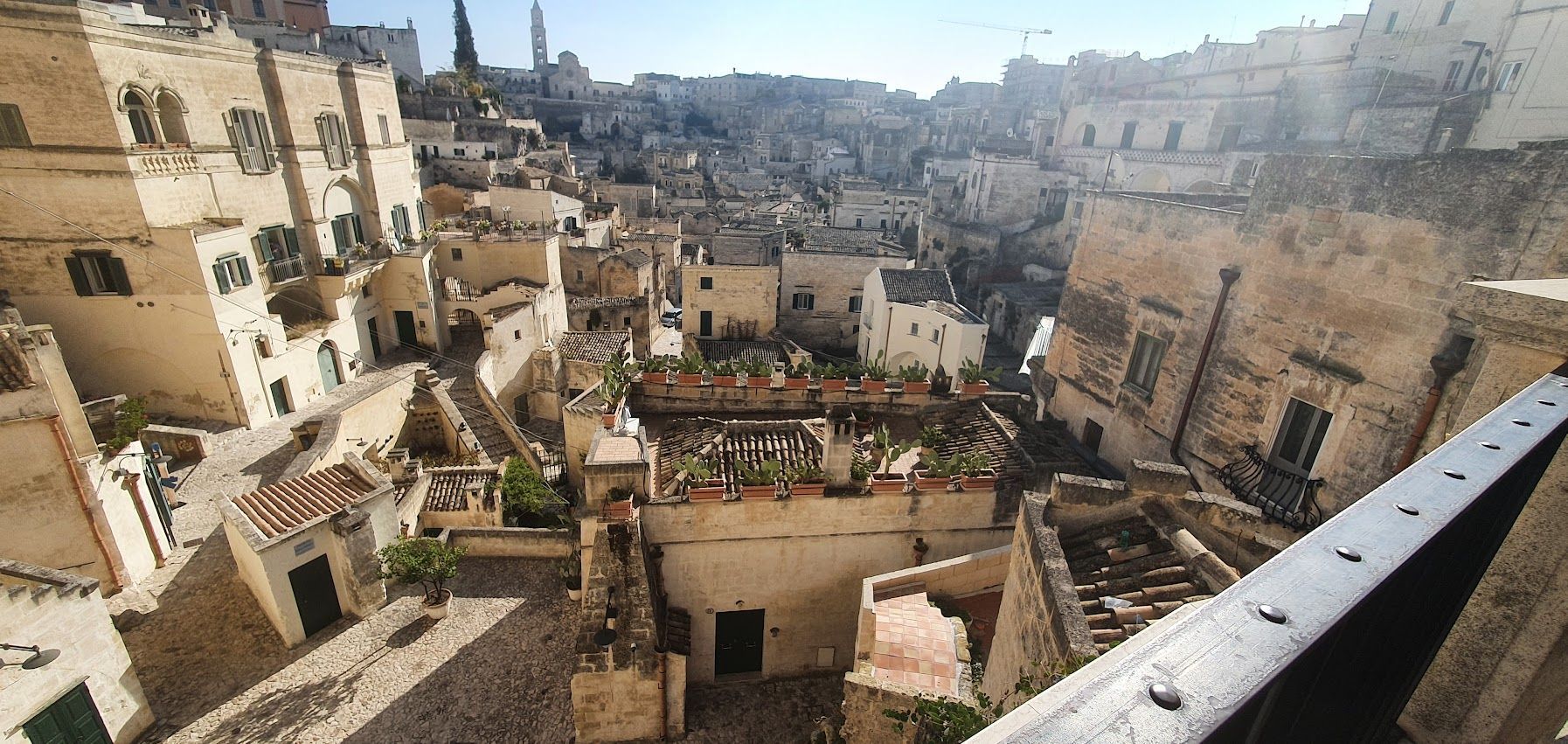
The visual impact of this city of rock is powerful and the cave churches locals used for religious ceremonies - are unique in the world.

Its dramatic position has also made it one of the preferred cinematic locations for numerous film directors, including Roberto Rossellini, Pierpaolo Pasolini, Giuseppe Tornatore, Cary Joji Fukunaga
and Mel Gibson, the last of whom chose Matera
as the perfect spot to film much of “The Passion
of the Christ”.
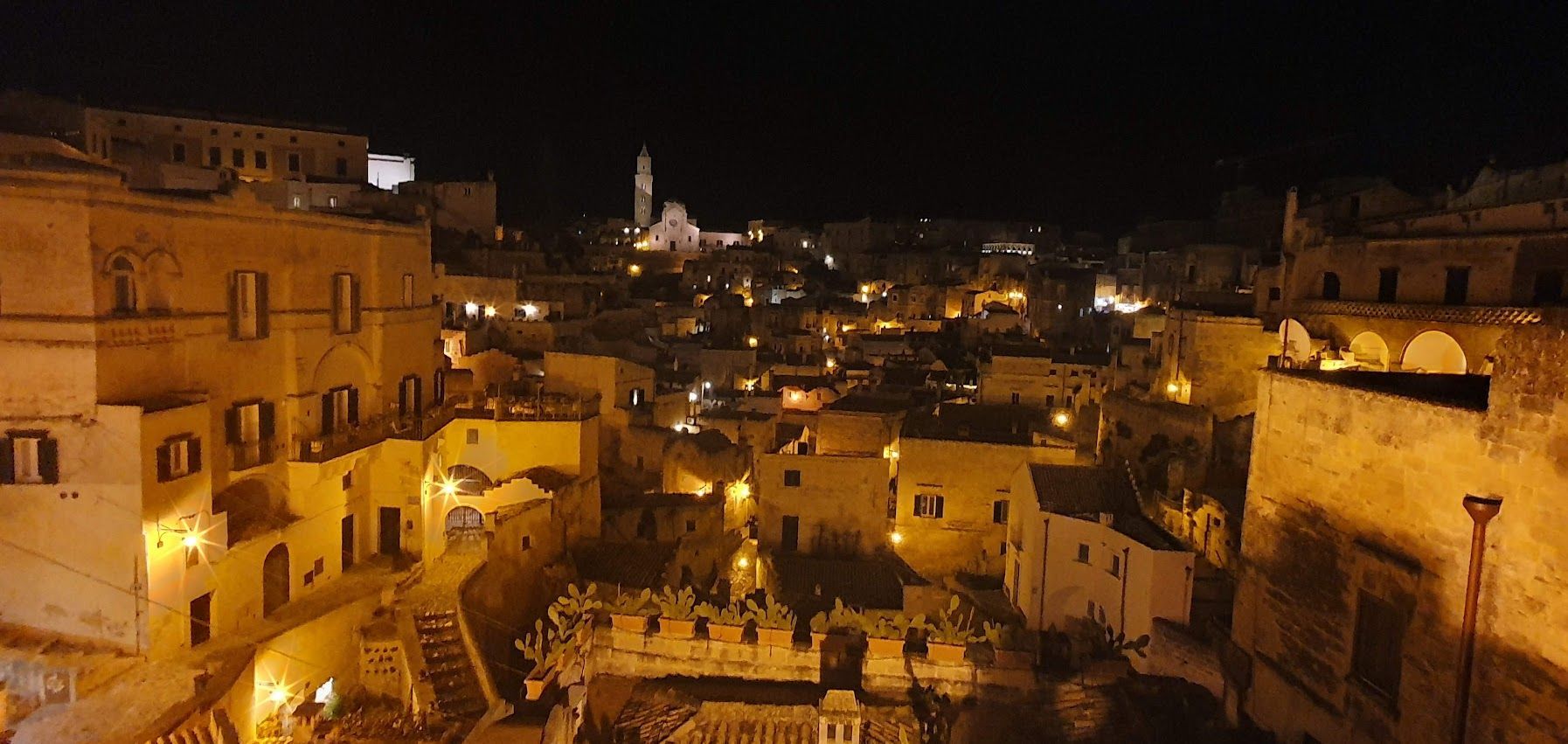
Wandering around Matera, you will come across numerous lively street stalls displaying a rich array of Matera’s colourful artisanal products. Tufo stone carvings, papier-mâché objects, bread stamps, and the traditional terracotta cuckoo whistles, symbols of fertility. Indeed, a whistle was usually bought for a boy to wish him fertility in life. Then he would give it to his fiancée after declaring his love; the larger and more highly decorated the cuckoo, the bigger the promise of love was. The joke being that if a woman marries after being given a small cuckoo, then it is truly for love.
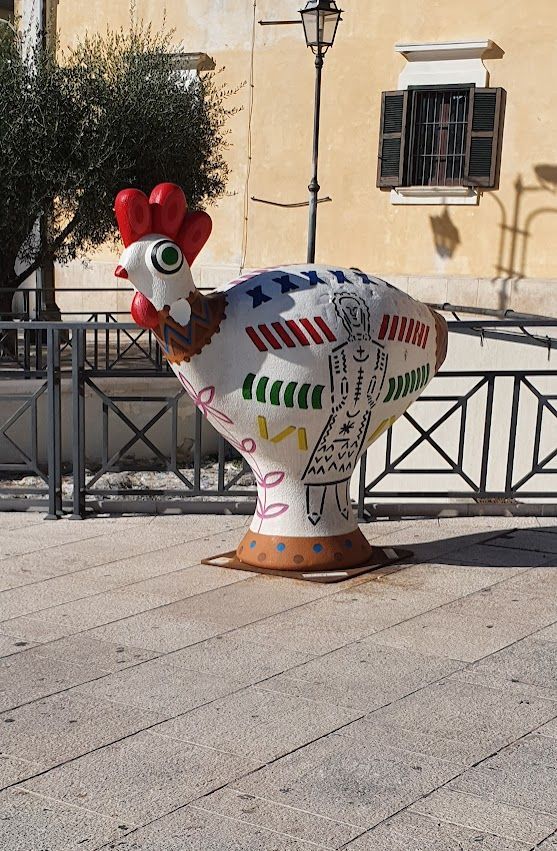
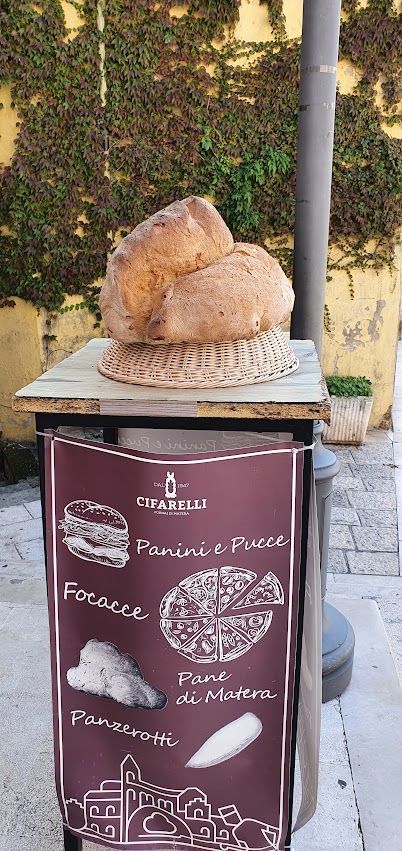
In the evening you can watch the sun go down over Matera as the city starts to sparkle as it lights up. It is a highlight of the day. From the opposite side of the canyon of the Parco della Murgia Materana, which is a mini-Italian version of the Grand Canyon, you can marvel at the views of the city of Matera at night.
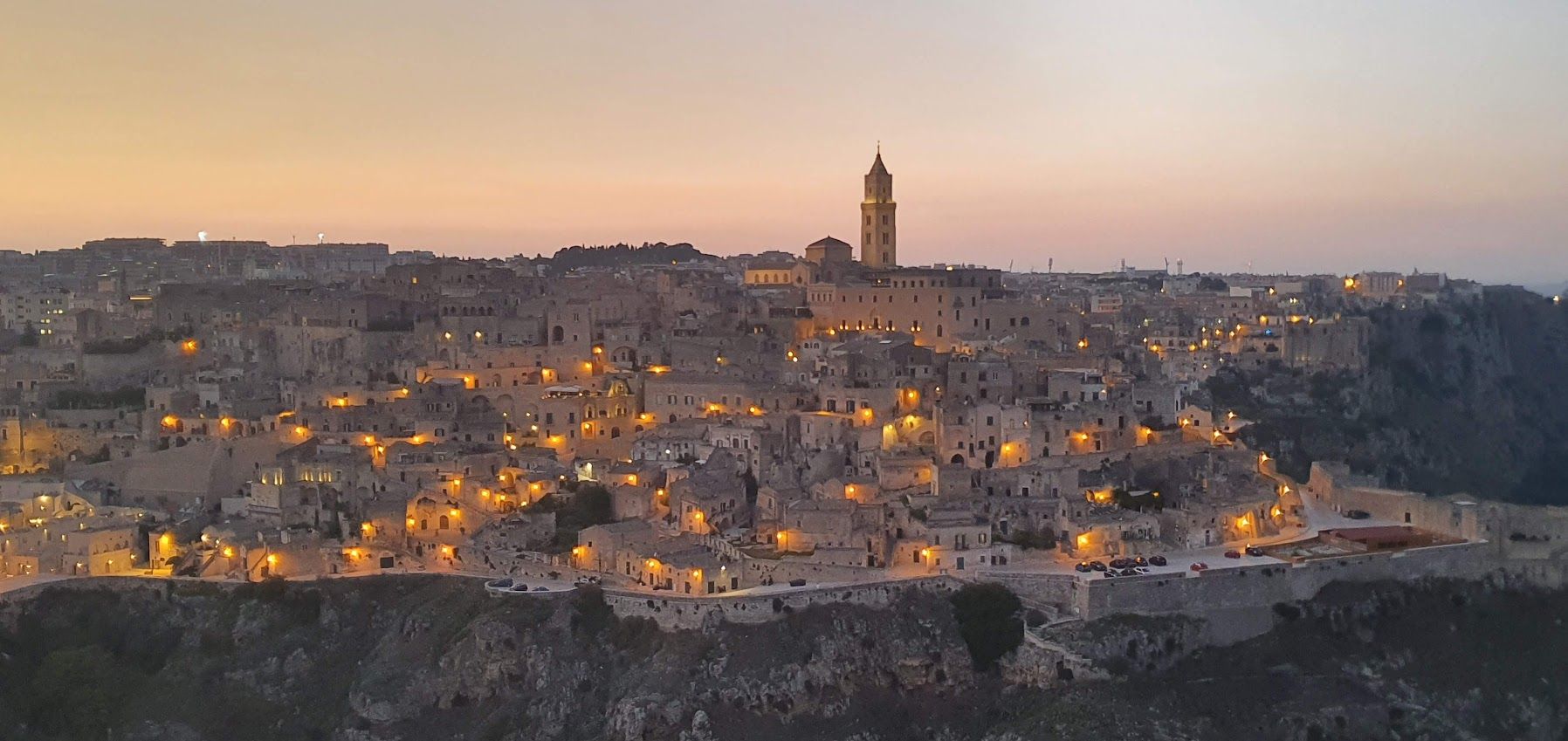
Last, but certainly not least, don’t miss the wonderful local cuisine, with its delicious oven-baked bread,
mouth-watering cheeses, and a huge variety of home-made pasta, best eaten with a bottle or two of Matera’s local DOC wines! If you’re interested in visiting this beautiful city, simply click here. There are still places left on our 8-day Southern Treasures and Secret Delights of Basilicata and Puglia tour for 2024: June 17th to 24th and Sep 9th to 16th .
